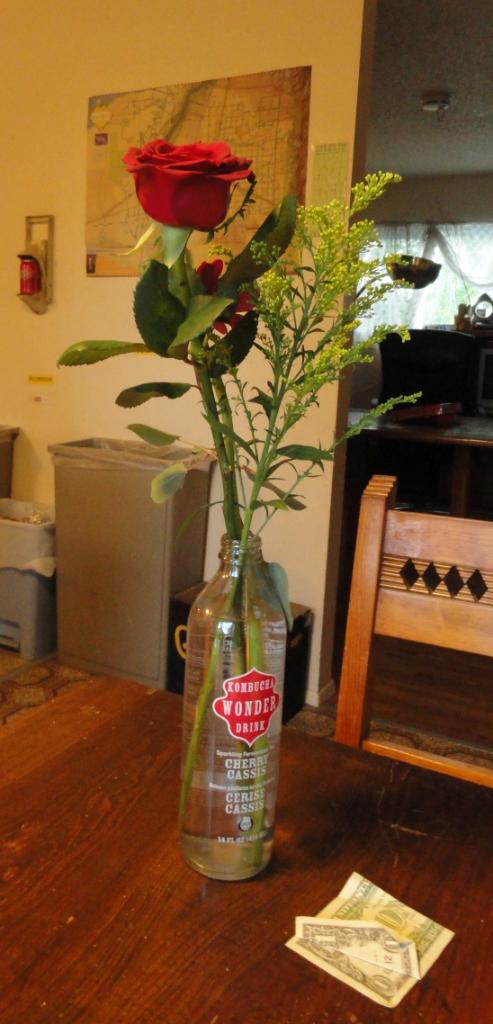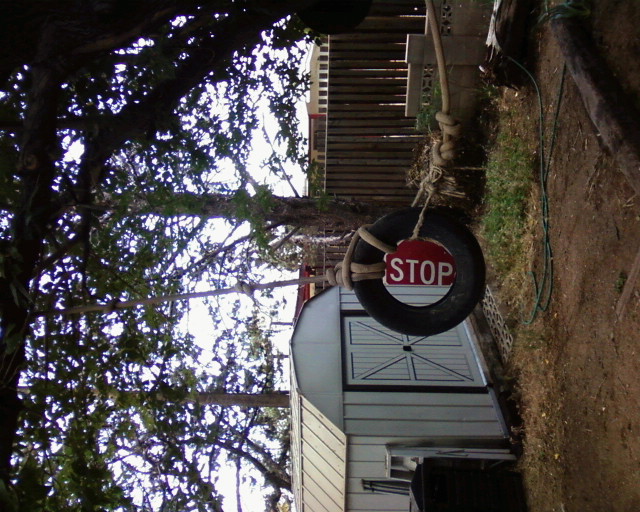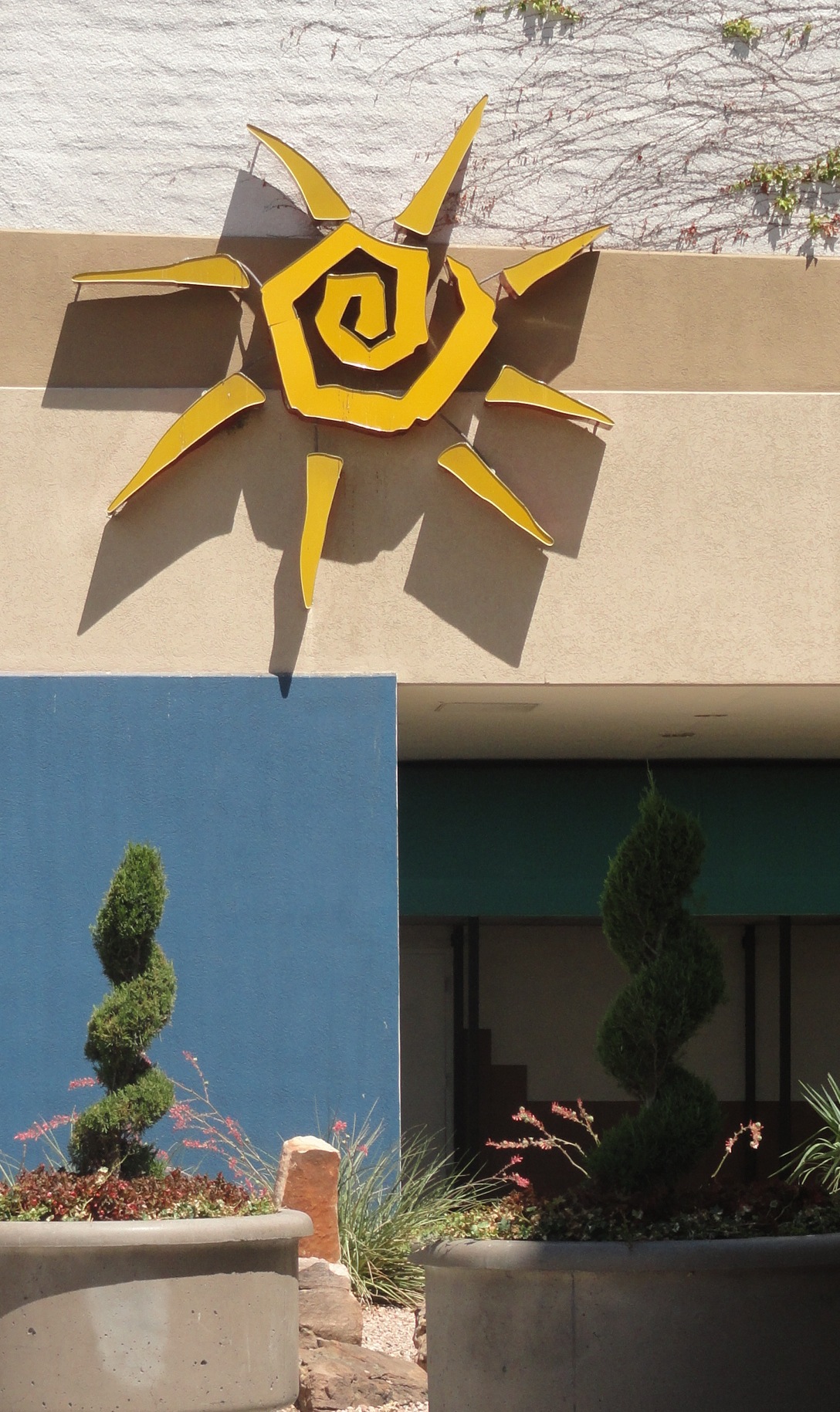Some families take sketch books with them on hikes and draw pictures of animals or plants, or maps, or take notes. They don't need to be great art, but if you practice recording what you see and think in ways other than words it will broaden your range of thought and abilities. And the updated version of the sketch book is the digital camera; the new field journal is the blog!
Maybe look at purses or wallets or shoulder bags. The shapes of intersections and overpasses and the railings on bridges. Public gardens and fountains. Street signs and traffic lights. The texture of concrete in different forms and uses. Wall coverings (paper or cloth; marble; paint; brick; tile…). Landscaping. Doorknobs and handles. Stairways and elevators. Waiting areas for the bus or train. Billboards and marquees. Clocks and watches. Hair clips. Key chains. Drinking glasses.
Even when more schools had art programs, they were limited. Unschoolers are not limited in their exposure to art in the vast everyday world.
Although it shouldn't be the starting or ending place, don't forget that the real world includes books and videos. There are museum sites online, too, with images of art you can zoom in on.
from "Art," page 84/85, Big Book of Unschooling
photo by Sandra Dodd







